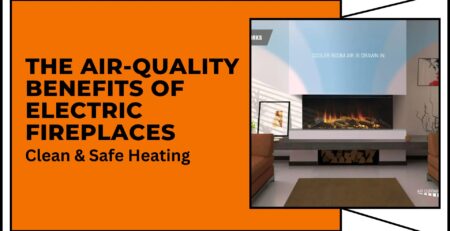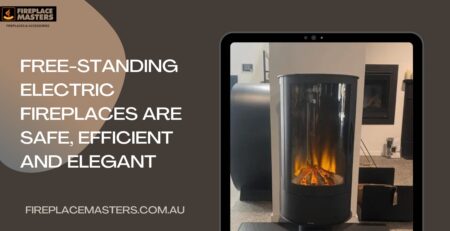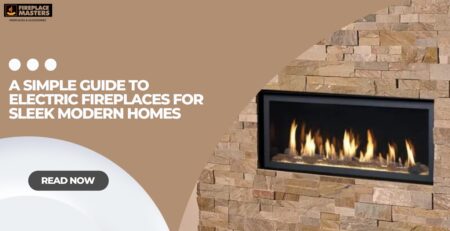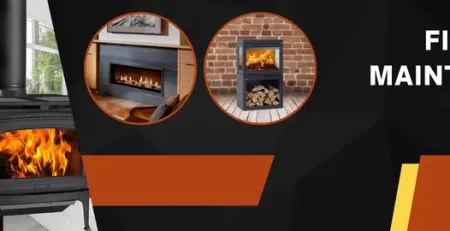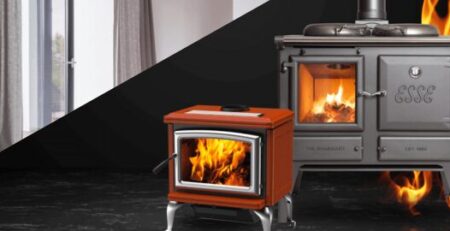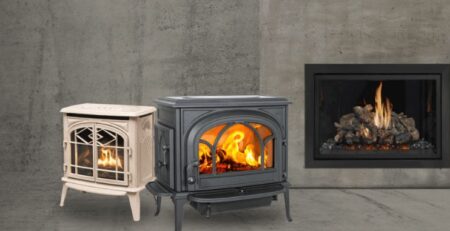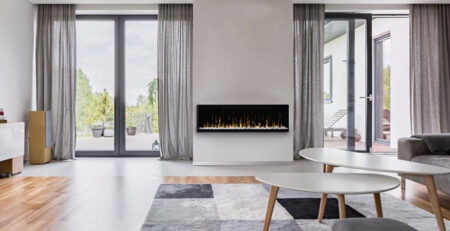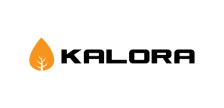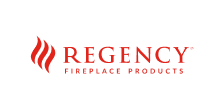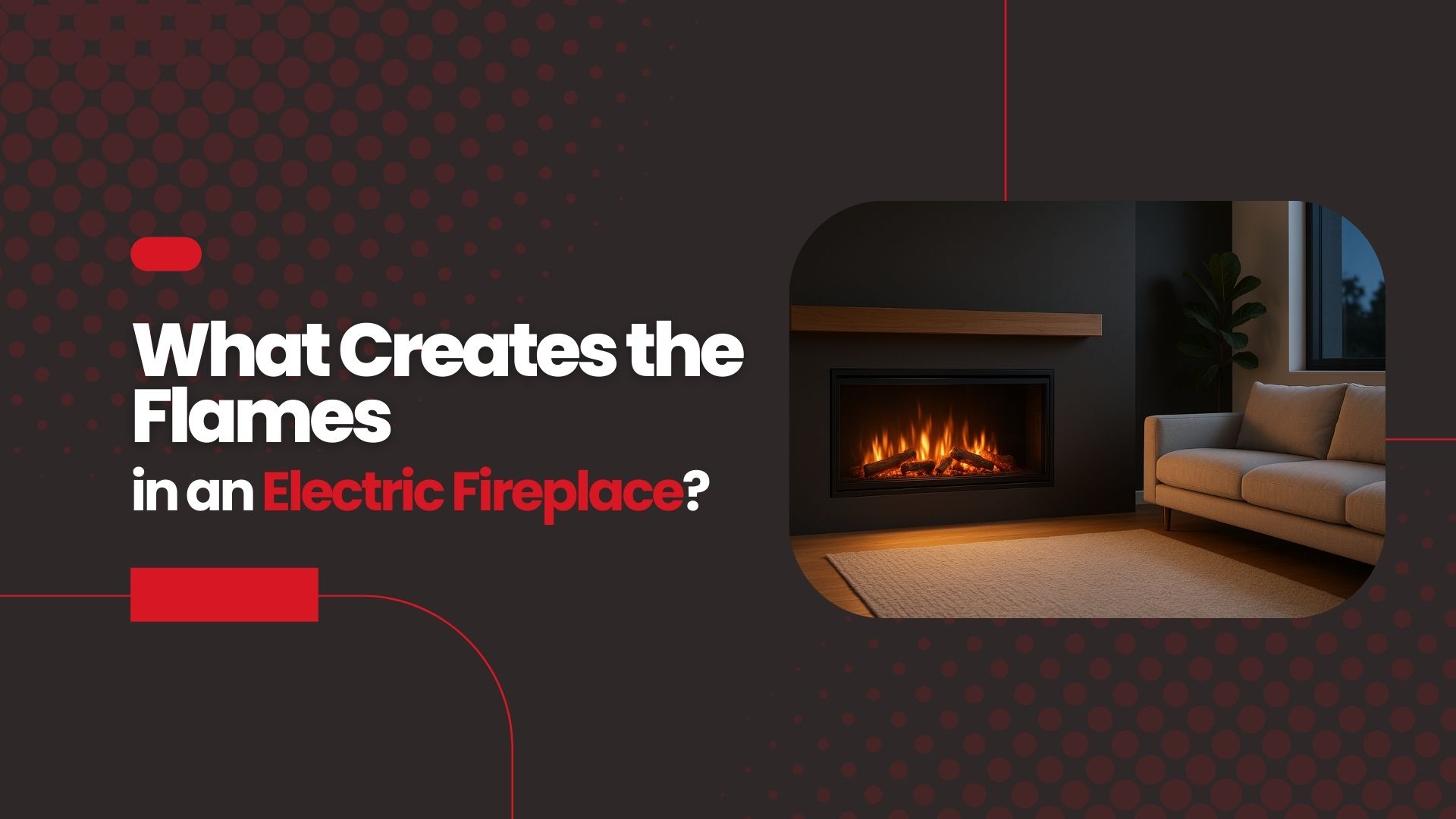
23
Sep
What Creates the Flames in an Electric Fireplace?
Electric fireplaces create their “flames” using clever lighting and optical effects. Some models feature a fine water mist that catches the light, making them appear more three-dimensional. Because nothing actually burns, there’s no smoke, soot or ash, and no venting is needed. You get instant ambience with or without heat, and installation is more straightforward than wood or gas.
Are the Flames Real?
The flames are a visual effect, not a live fire. There is no combustion, which means no emissions and no soot. You get the atmosphere of a traditional fireplace with a simple setup and low upkeep, all in a safe and clean package.
How Electric Fireplaces Create the Flame Effect
LED + Rotating Refractor
These models use LEDs that shine onto a patterned reel or mirrored prism. As the reel turns, the light breaks into shifting shapes that look like flicker and flame height. The effect is consistent, energy smart, and easy to live with.
Pros
- Low maintenance and long LED lifespan
- Efficient power use with strong brightness control
- Adjustable colour, speed and ember bed effects
Considerations
- A small motor may create a light hum
- Realism relies on the quality of the refractor pattern and optics
Water-Vapour or Mist “3D” Flame
An ultrasonic transducer creates a cool, ultra-fine mist. LEDs illuminate the fog, making it appear like smoke and moving flames with a natural depth. The result feels three-dimensional and very lifelike.
Pros
- Very realistic depth and movement
- Cool to the touch and safe for families
Considerations
- Needs regular water refills
- Light cleaning to prevent mineral build-up; distilled water helps
Projection or Screen-Based Flames
Here, the flame is displayed as a high-resolution video on a screen inside the unit. You can fine-tune colour, brightness and flame speed. The look is tidy and consistent with no moving parts.
Pros
- Wide visual range with precise controls
- Minimal mechanical wear inside the unit
Considerations
- Realism depends on screen quality and viewing angle
- Reflections or glare can reduce the effect in bright rooms
Holographic or Angled-Glass Illusions
These designs use angled glass and controlled lighting to create a Pepper’s Ghost-style illusion. Reflections layer over each other to build depth and motion that feels premium.
Pros
- Strong sense of depth without real smoke
- Striking visual presence for feature walls
Considerations
- Usually priced at the higher end
- Glass needs to be kept clean and carefully aligned for the best results
Heat and Flame Are Separate
In an electric fireplace the flame effect and the heating system work on separate circuits. You can run the flames on their own for mood lighting in summer, or turn on the heater when you need warmth. Most models let you control flame brightness and speed independently from the heat settings.
Heating is delivered either by a fan-forced element that warms room air, or by an infrared system that radiates heat to people and surfaces. Both options operate without affecting the flame visuals.
Flame-only mode uses very little power compared to heating. This makes it a handy way to create ambience any time of year while keeping running costs low.
Do You Need a Flue?
Electric fireplaces do not produce combustion gases, so they do not need a chimney or flue. There is no smoke or exhaust to vent outside, which means no need to cut holes in walls and no ongoing flue maintenance.
If you are installing an electric unit into an existing fireplace opening, you can close or cap the old chimney to prevent draughts and dust, then finish the surround for a neat appearance. Always keep the heater's air inlets and outlets clear, and follow the manufacturer's clearance guidelines to ensure optimal performance.
A fireplace flue kit is designed for use with either wood or gas installations. It is not required for electric models. For wiring, plug into a standard outlet where permitted, or arrange for hard-wiring by a licensed electrician if the model specifies this option.
Styles and Installation Options
Free standing
A free-standing electric fireplace is the simplest option. Place it where you want heat and ambience, plug it in, and you are set. It suits living rooms, rentals, home offices, and spaces without a recess. You can move it when rearranging furniture, making it a flexible choice for changing layouts.
Built-in or insert
A built-in or insert sits neatly inside a wall cavity or an existing fireplace opening. The result is a clean, recessed look that works well in media walls and feature nooks. Plan the cavity depth, power point location, and ventilation clearances before you frame the space. A trim or fascia can finish small gaps for a tidy result.
Wall-mounted
Wall-mounted models fix to a bracket on a flat wall. This approach needs minimal building work and keeps floor space clear. Mount at a comfortable viewing height, secure to studs where possible, and manage the power cable so it stays discreet. Some setups use a shallow cable channel or a small services chase for a clean finish.
How to Choose Your Flame Tech
Realism vs upkeep:
If you want a natural look with a simple routine, LED refractor models are easy to live with. If you wish to achieve maximum depth and movement, a water mist system may look very realistic but requires refilling and occasional light cleaning.
Controls and colour:
Look for adjustable brightness, a good colour range, and control over flame height and speed. These settings help you match the mood in different rooms and at different times of day.
Ember bed and noise:
Decide whether you prefer logs, glass crystals, or a mixed bed. Check the noise rating of the motor and fan to ensure it will remain quiet in living areas and bedrooms.
Smart features:
Remote control is standard on many units. For convenience, opt for models that offer app control or voice compatibility, along with a sleep timer and child lock.
Heat for the Room:
Match the heater output to the size of your space and its level of insulation. A well-sized unit will efficiently warm the area while maintaining the visuals exactly as you like.
Safety and Compliance
Electric fireplaces are a clean, indoor-friendly option. There are no combustion gases, and many models use cool-touch fronts that stay comfortable to the fingers. Quality units include overheat protection that switches the heater off if temperatures climb too high.
For power, most models plug into a standard 10A outlet. Some built-ins specify hard-wiring. In that case, book a licensed electrician and follow the installation manual carefully. Choose products that carry the RCM compliance mark for sale in Australia.
Keep performance and safety in good shape with a simple routine:
- Leave the required clearances around air inlets and outlets
- Do not run the cable under rugs or pinch it behind furniture
- Avoid using extension leads whenever possible and opt for RCD-protected circuits instead.
- Dust the intake and outlet grilles to maintain strong airflow.
- For mist models, use clean water and wipe the reservoir on the schedule in the manual.
- Check that child locks, timers and safety cut-outs work as intended
A few minutes of care keep the unit efficient, quiet and safe to use all year.
Conclusion
Electric fireplaces create convincing flames using LEDs, mirrors and, in some models, fine water mist. Because there is no combustion, you avoid smoke, soot and venting. Heat and flame operate separately, so you can enjoy the look in summer or cosy warmth in winter. Installation is straightforward, upkeep is light, and safety features help keep everyday use simple and worry-free.
Ready to add an electric fireplace to your space? Request a quote or book a consult for styling and install advice tailored to your room.
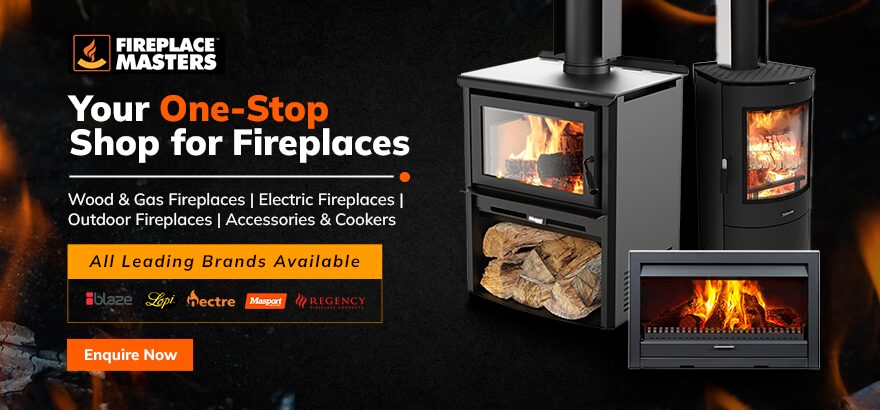
Related Blogs
The Air-Quality Benefits of Electric Fireplaces To Keep Warmth At Home
Many households have suffered from compromised indoor air quality because of traditional wood-burning and gas fireplaces....
Free-standing Electric Fireplaces are Safe, Efficient and Elegant
A free-standing electric fireplace blends style and functionality, making it a perfect solution for homes and apartments...
A Simple Guide to Electric Fireplaces for Sleek Modern Homes
Electric fireplaces are becoming a top choice for homeowners who want warmth and ambience without the...
Fireplace Maintenance Tips for Long-Lasting Comfort
Neglecting your fireplace can lead to costly consequences, from soot accumulation to structural damage. However, with...
A Stunning Fireplace Makeover Can Revive Your Home
Are you looking to breathe new life into your home? A fireplace renovation might be just...
Switch to Electric Fireplaces for Energy-Efficiency & Cost Savings
As winter nears, homeowners in Sydney seek efficient and affordable heating options. Electric fireplaces are in...
Fireplace Options without Chimney for Your Home
A fireplace makes a home feel special. It’s not just about the heat; it’s about the...
The Crucial Aspects of Electric Fireplace Installation
Are you thinking of adding the cosy ambience of a fireplace to your space, but you...
Should You Buy an Outdoor Fireplace or a Fire Pit?
In the winter, when the crisp air is blowing in the evening, you’re seated amid the...
Should You Make the Switch to An Electric Fireplace?
Earlier, the dream of having a fireplace at home seemed elusive for many due to the...


